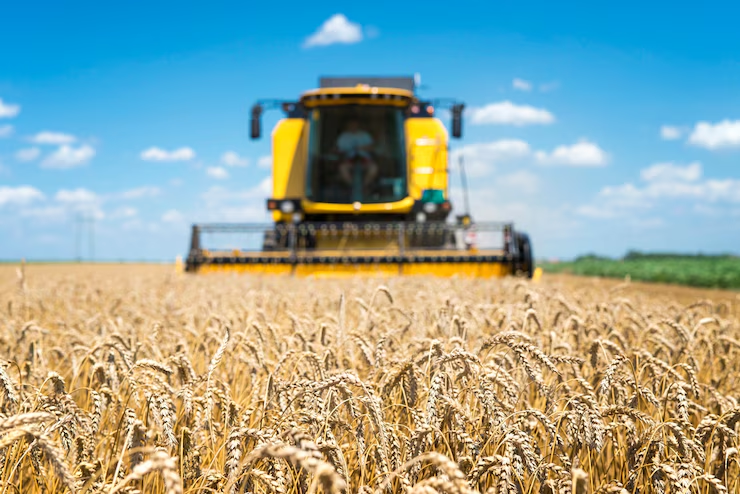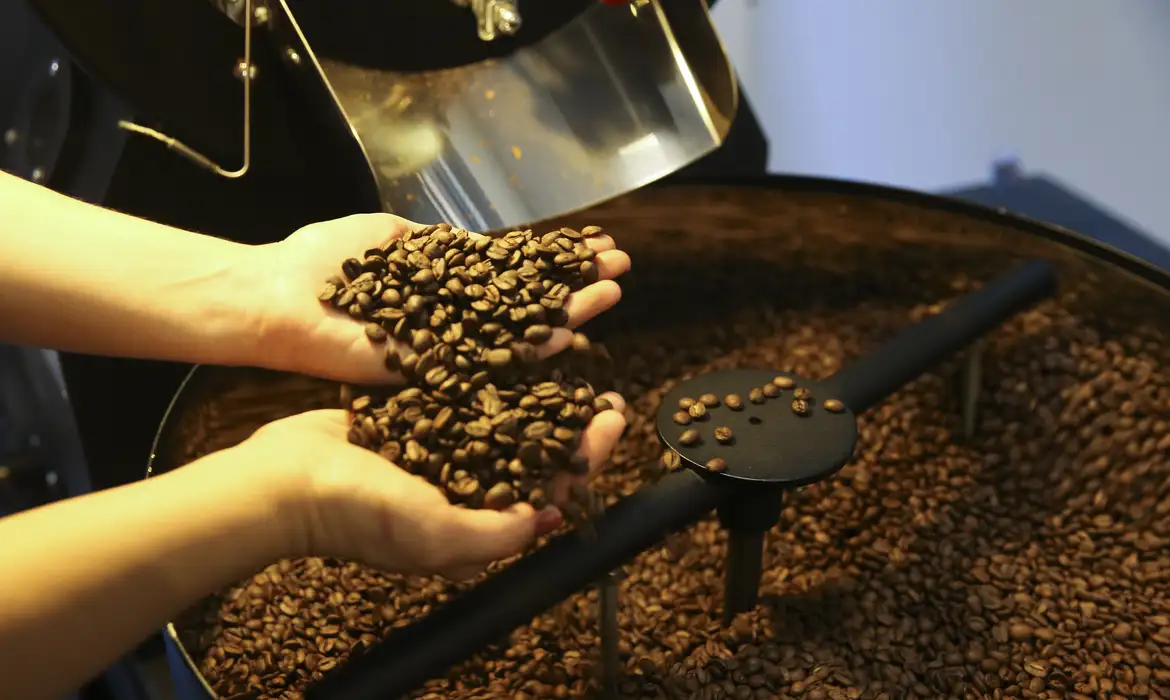Bahia: Prices drop participation of agribusiness in GDP, but production and productivity remain high

The price of a bag of hard drink coffee in Vitória da Conquista fell from R$ 1,330.00 in March last year to R$ 1,020.00 in the same period this year. Live cattle prices also followed the same path, with the arroba sold in Feira de Santana going from R$ 310.00 in March 2022 to R$ 260.00 at the end of the first quarter of 2023.
Specialist in agribusiness, Evandro Oliveira explains that the current scenario in agricultural production is the result of the difficulty that commodities needed to go through in previous years due to the pandemic, war in Ukraine, among others.
“This is a scenario that we are seeing for practically all commodities. So they are crops that went through an expensive harvest, with high production costs in view of all the costs that we had with significant advances due to the problems we had in previous years such as the pandemic, war in Ukraine, which generated the increase in costs mainly fertilizers, as well as other inputs needed for the business. So that brought us a very expensive crop, and now at the time of harvest where we had the harvest of the main commodities like soybeans and even corn, rice has been suffering a lot from this. Prices are also at very unfavorable levels or far from production costs”, explained the expert.
For the second quarter of this year, it is expected that there will be an improvement in the performance of Bahian agribusiness, with an increase in its participation in the total GDP of Bahia. The National Supply Company estimates an increase of 3.1% in the area cultivated with grain crops in the state, totaling 3.76 million hectares. The expectation is for a production of 13.3 million tons of grains and 592 thousand tons of fibers, representing increases of 9.0% and 10.9%, respectively, in relation to the previous cycle.
The soybean harvest has already been concluded, but a good part of the first crop corn has not yet been harvested due to the drop in prices, being stored in the plant. The cotton harvest is delayed compared to the previous cycle, which raises concerns regarding the established phytosanitary calendar. The third harvest crops already have 50% of their areas planted.
The crop that had the greatest increase in productivity was castor bean, due to the use of a greater technological package, mainly with the use of irrigation. In general, the first-crop crops showed an evolution in productivity indices, except for cowpea, which had climatic adversities in fundamental stages of its cultivation cycle.
The main increases in cultivated area were observed in wheat, first-crop color bean and first-crop corn, with increases of 42.9%, 28.7% and 13.5%, respectively. Wheat benefited from the resolution of commercial and demand problems in the extreme west region of the state, in addition to the agronomic benefits perceived by producers. As for beans, the good weather prospects in the micro-region of Irecê, the forecast for a bad harvest in the south of the country and the upward trend in prices were the main factors that influenced the increase in cultivated area. The increase in corn area is justified by the market situation, with producers believing in the maintenance of price and demand conditions.
By Brasil 61




